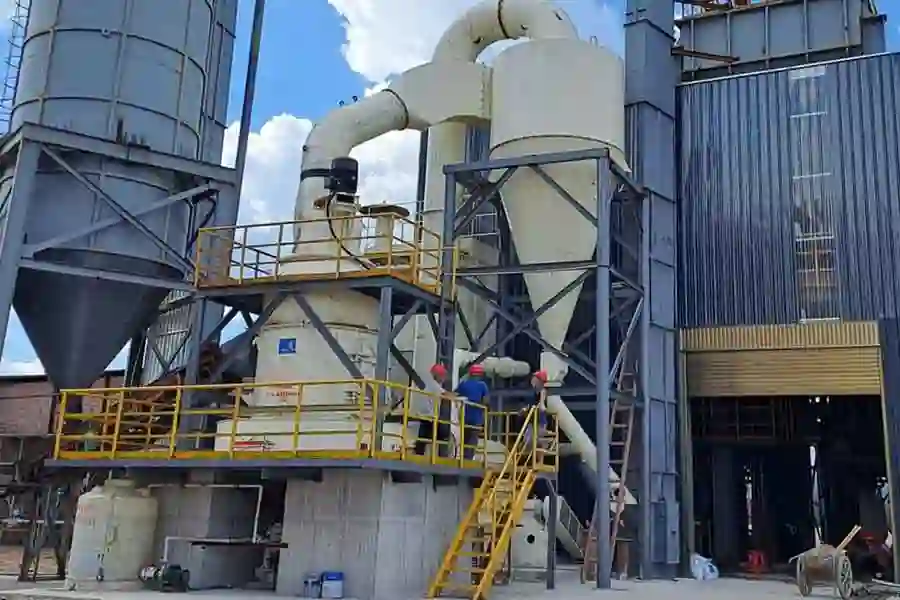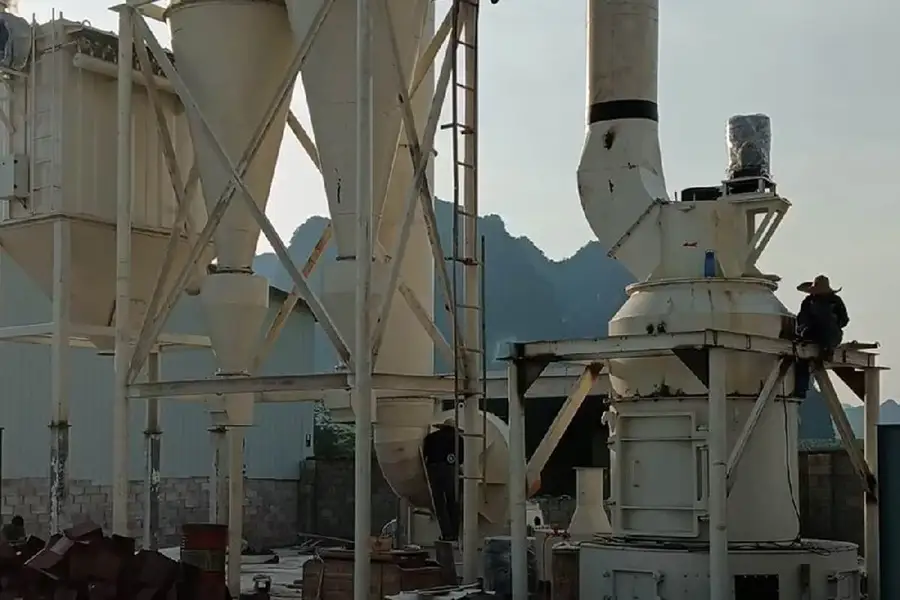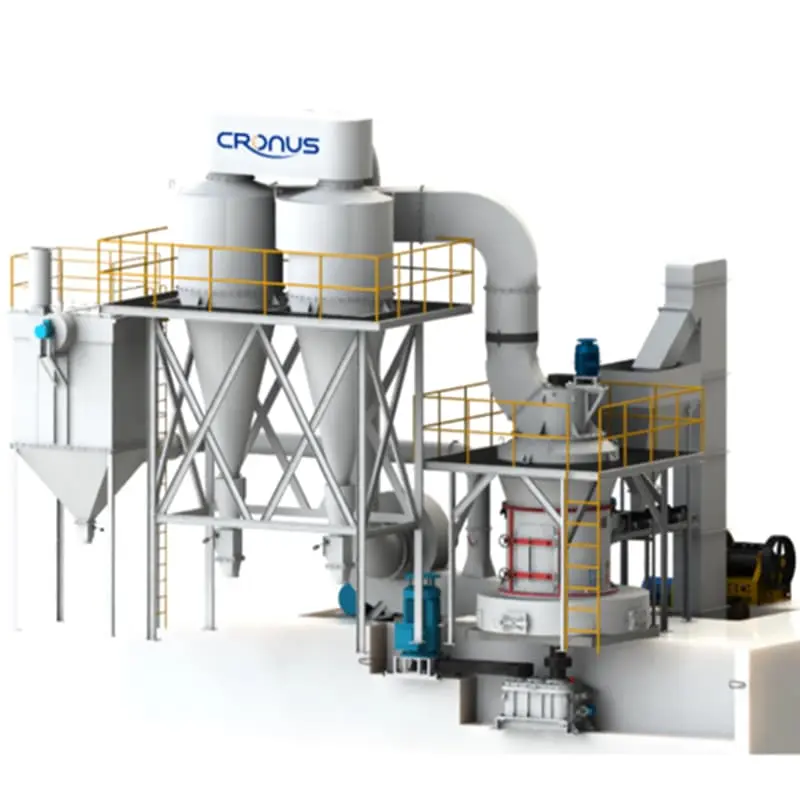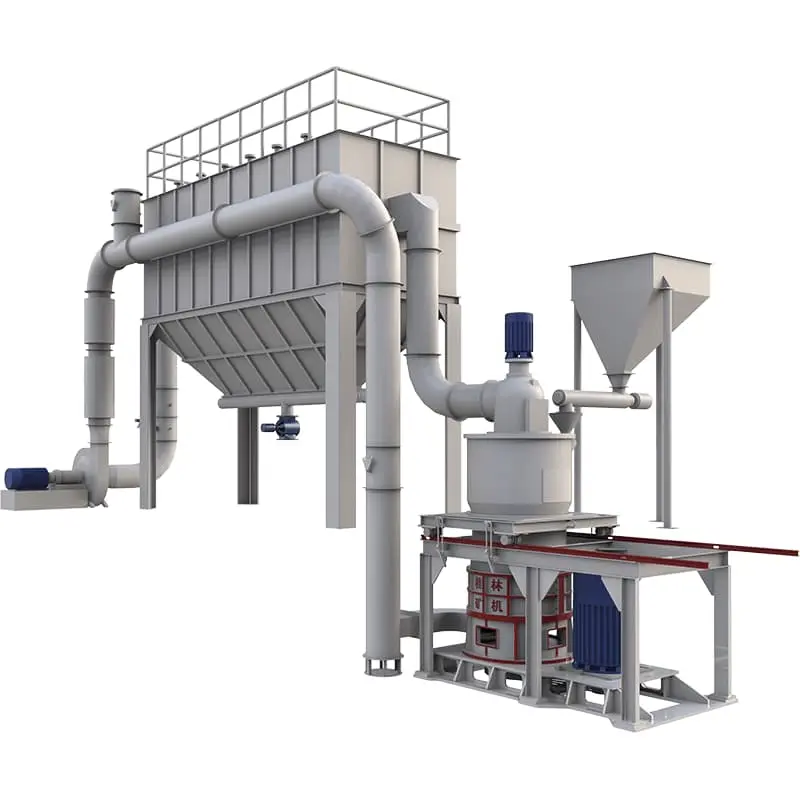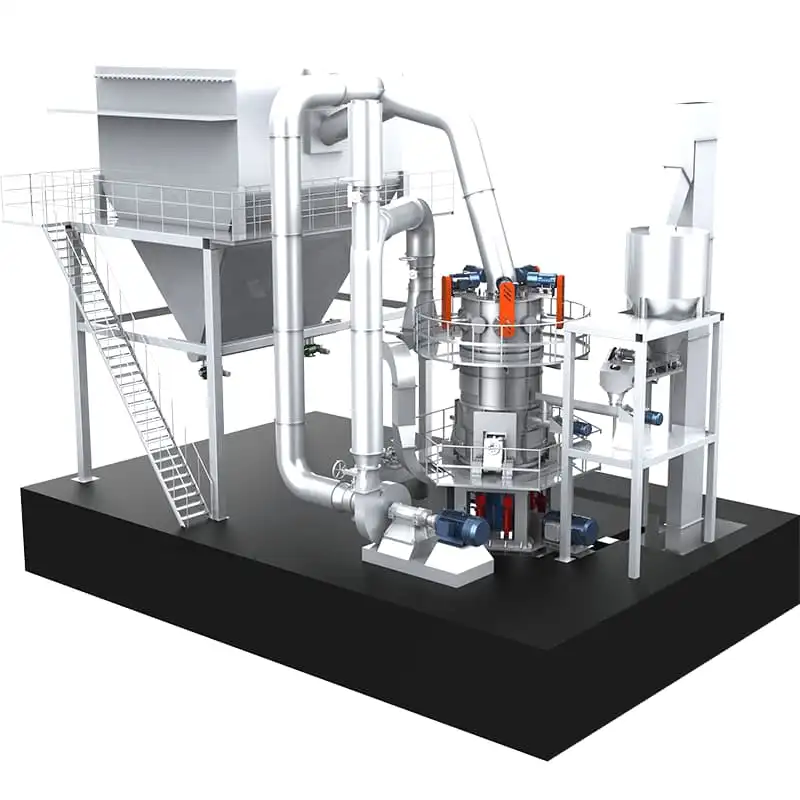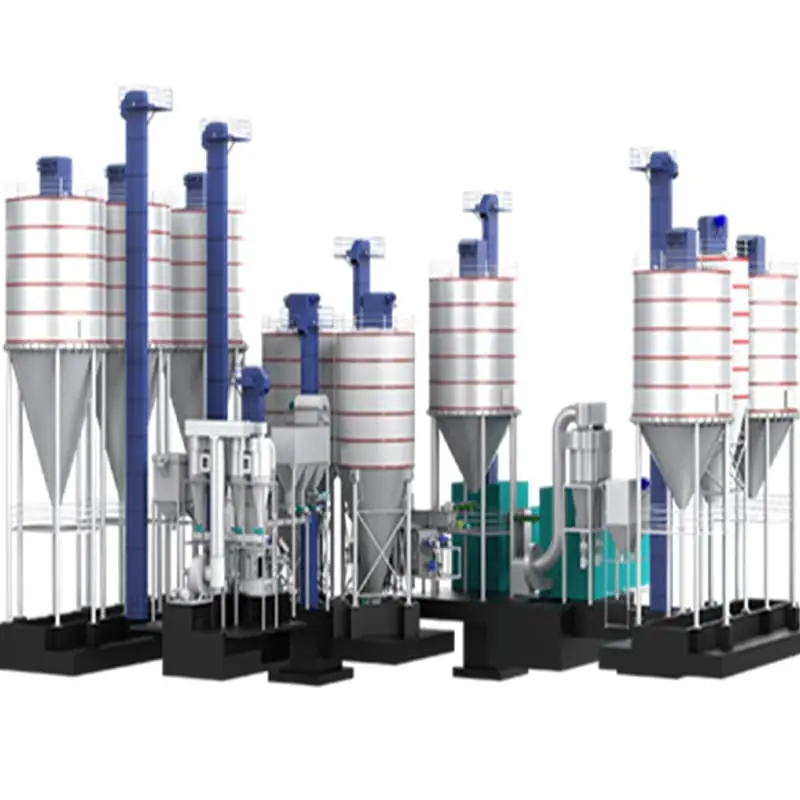- Vertical grinding mill processes calcium carbonate
- Vertical grinding mill processes talc
- Vertical grinding mills process barite
- Ultrafine grinding mill processes iron oxide red
- Mongolian mill processing siderite
- Raymond mill processing blast furnace slag
Telephone:
+86-18290113988 (whatsapp) Kase
+86-13248239223 (whatsapp) Cecilia
+86-17317879223 (whatsapp) Fandi
+86-19921225405 (whatsapp) Luna
Email:sales@shcronus.com
Raymond mill grinds mica

- Publication time:2025-08-01
- Click:20
What is mica?
Mica belongs to the layered silicate minerals, and its chemical structure endows it with excellent physical properties. Its Mohs hardness is 2.5 - 3, it has certain wear resistance and is easy to process; its density is 2.7 - 3.1g/cm³, so it is lightweight; it can withstand high temperatures and is stable at 600 - 1000℃; its resistivity is 10¹² - 10¹⁶Ω・cm, making it an excellent insulating material.
80 - 325 mesh coarse powder: After surface coupling treatment, it can replace part of carbon black and improve the weather resistance of rubber products.
400 - 1000 mesh fine powder: It is used in high - end anti - corrosion coatings to reduce the porosity of the coating.
Ultra - fine powder above 1500 mesh: It is used in chip packaging materials to improve thermal conductivity.
The process of processing mica with Raymond mill
Pretreatment system: The raw ore is coarsely crushed to ≤30mm by a jaw crusher, and iron - containing impurities are removed by a magnetic separator, controlling the Fe₂O₃ content to be less than 0.5%.
Grinding and classification system: The grinding roller peels the mica layer - by - layer under a pressure of 0.8 - 1.2MPa. The variable - frequency classifier adjusts and controls the particle size distribution through a rotation speed of 1200 - 3000rpm. The air stream entrains the fine powder to the cyclone collector, with a recovery rate of over 98%.
Post - treatment unit: The pulse bag dust collector has a filtration efficiency of 99.9%, and the discharged dust is ≤30mg/m³. The finished product is automatically packaged after being selected by a vibrating screen.
Key points of processing mica with Raymond mill
Equipment selection: Small - scale 3R/4R models have a production capacity of 1 - 5t/h and are suitable for small - batch production; large - scale 5R/6R models have a production capacity of 5 - 20t/h and are used for large - scale production. For the processing of lepidolite, an explosion - proof Raymond mill can be selected.
Precise fineness control: The PLC control system is used to monitor the current of the classifier, and a laser particle size analyzer is introduced to detect the particle size, with the deviation controlled within ±5%.
Iron pollution prevention and control: A super - strong magnetic iron remover is installed at the feeding end, and for electronic - grade production, a zirconia ceramic lining is used.
Surface modification technology: In the plastics industry, titanate coupling agents are used to coat mica powder to improve its dispersibility and the tensile strength of composite materials. In the cosmetics field, a titanium dioxide deposition technique is used to prepare pearlescent pigments to improve gloss and weather resistance.
Summary
The Raymond mill is a key equipment for mica processing. The process includes crushing, grinding, classification, and dust removal. It is necessary to control the iron content and particle size accuracy. The equipment selection needs to match the production capacity, and an explosion - proof design is required for lepidolite processing. Surface modification technology can improve the performance of mica in fields such as plastics and cosmetics, increasing its added value.
向下滚动页面显示"置顶"按钮...


